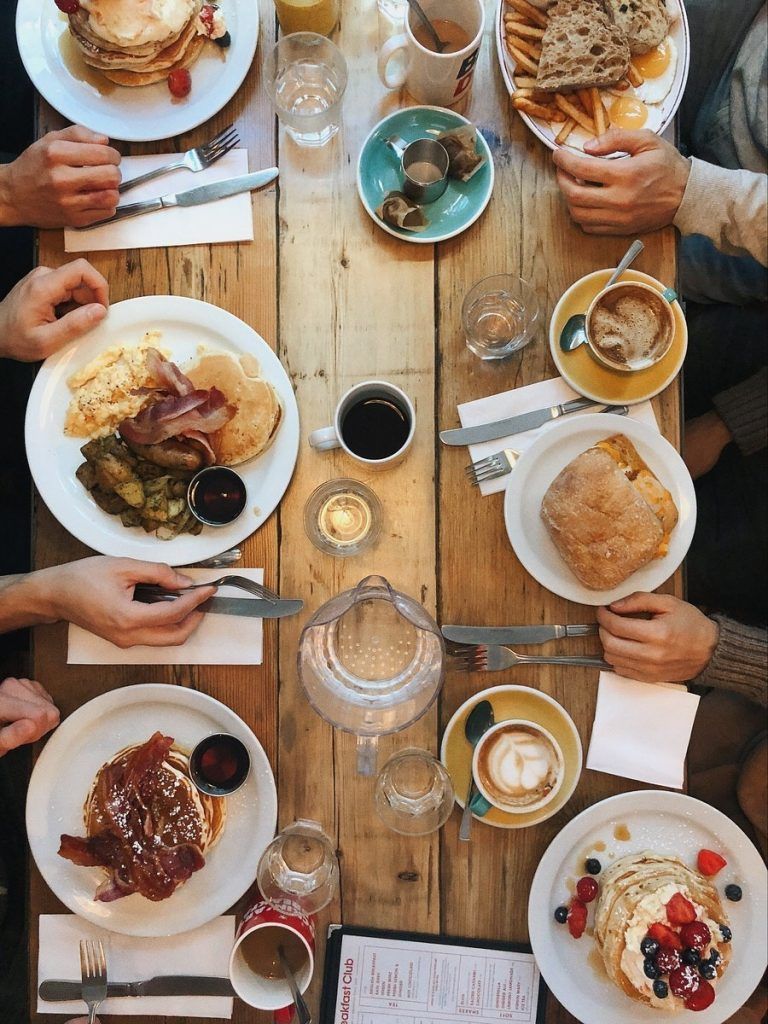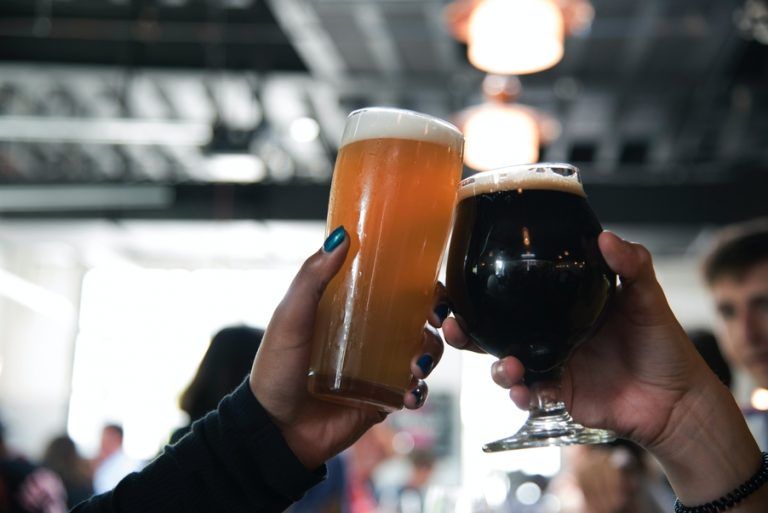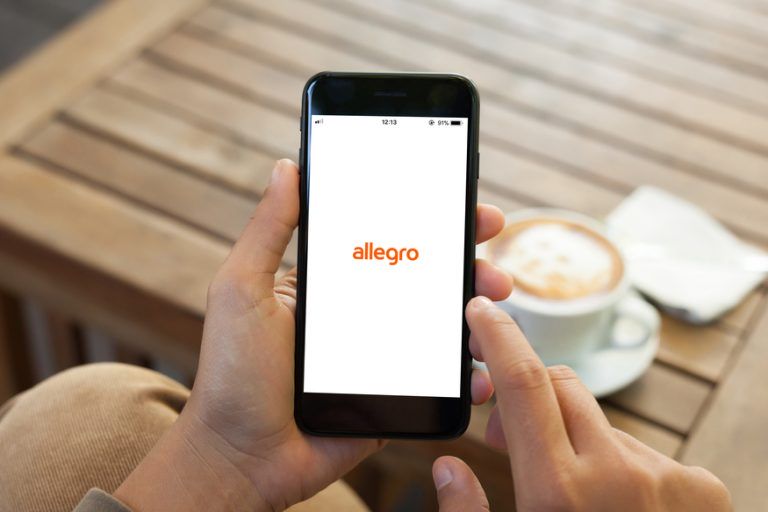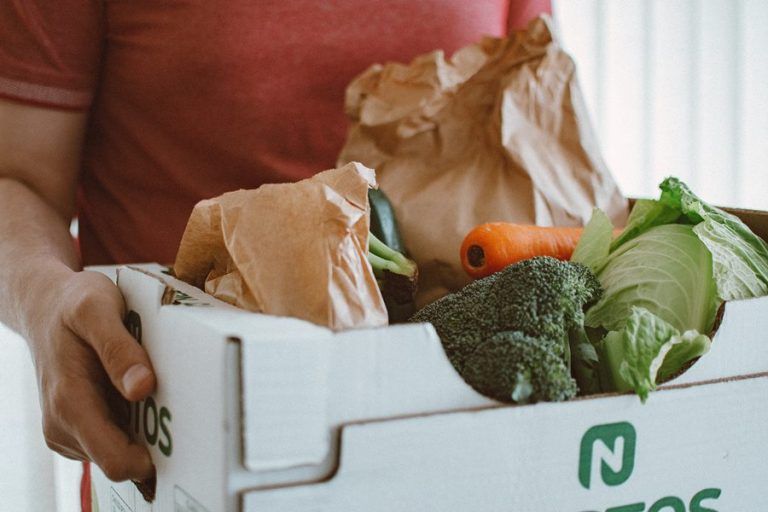HoReCa fights for survival
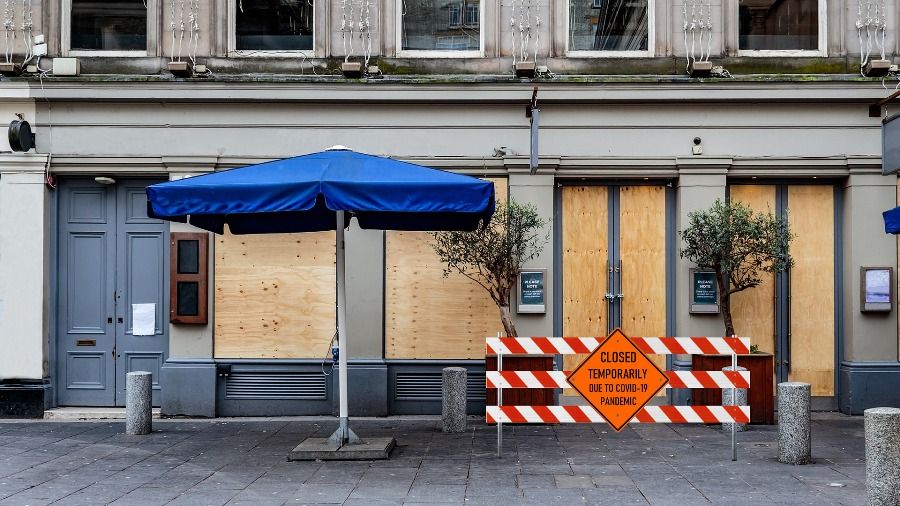
Wpis dostępny jest także w języku:
![]() polski
polski
The appearance of the COVID-19 epidemic in 2020 interrupted years of annual increases in the value of the HoReCa market in Poland. In the first half of the year, restaurants had to face the limitation of their activity, introduced practically overnight, only to offer take-away or delivery dishes. Then there was a slow return of guests to the premises, vacations and shy hope for a systematic improvement in the industry. Unfortunately, everything seems to indicate that the last months of the year will be disastrous for the industry, which is already weakened this year.
Years of growth and good prospects
The value of the HoReCa market in Poland in 2019, according to PMR data, came to PLN 32.7m, over 6% increase in comparison to the previous year. Under the artificial assumption of no COVID-19 epidemic in Poland, the market growth in 2020 was estimated at around 5% y/y. The increase in the value of the HoReCa market was positively influenced by, among others, better and better situation on the labour market, higher tendency of Poles to eat outside their homes (almost half of the respondents to the survey carried out by PMR in January 2020 recorded an increase in the frequency of eating at restaurants in 2019) or the development of tourism – both domestic and foreign.
Shock came in spring
The appearance of the COVID-19 epidemic in Poland in 2020 interrupted nearly a decade of annual increases in the value of the HoReCa market in Poland. The announced state of epidemic threat, then the state of epidemic and related restrictions caused the catering industry to find itself in a completely new reality overnight. Limiting the functioning of gastronomic premises to the activity only in delivery and take-out for a part of premises was equivalent to a complete suspension of the activity. The restaurants were in a slightly better situation, for which even before the pandemic, transport was a significant source of income (e.g. pizzerias). Restaurants noted huge drops in revenue. For example, Sfinks Polska Group restaurants reported that in the period of March 14-15, 2020 (after the gastronomy was frozen), the drop in revenue was about 90% compared to the previous weekend.
Restaurants implement new ideas
With the coming of COVID-19, the development strategies and plans of many companies have been ruined, and the worsening situation in the industry has accelerated the introduction of new business concepts. Ed Red restaurants specialising in meat dishes (steaks) started to produce craft canned food, Amrest developed virtual and shadow kitchen concepts (Amrest started to develop such concepts in 2019). In April, the Green Caffe Nero chain launched an online store that offers packaged coffee, among other things. The Klatka B restaurant in Gdansk came out with an interesting offer – in its Internet store it offers dishes in the form of DIY sets in delivery throughout the whole country (the offer also includes various types of preserves).
Situation improving in summer
After the restrictions on the functioning of the restaurants were lifted, information about the gradual rebuilding of sales started to come from the market.In September 2020, Sphinx and Chlopskie Jadlo restaurants (Sfinks Polska Group) recorded an 18% drop in sales compared to the same month of the previous year, while in the first week after lifting the restrictions, the drop in revenue reached 67% y/y (on average since the opening of the restaurants, until the end of September 2020 Sfinks recorded a 30% drop in sales y/y). Before the catering industry closed in March 2020. Sfinks Polska operated 168 stores, while in early October 145 (Sphinx, Chlopskie Jadlo, Lepione Pieczone, WOOK, Piwiarnia, Meta and Fabryka Pizzy).
Mex Polska informed that the units belonging to the group (Pankejk, The Mexican, Pijalnie Wodki i Piwa, Prosty Temat) operating in July generated revenues of 87% in the same period last year (averaging). The level of turnover in some of them reached the same or higher value of sales than in the corresponding period of the previous year, nevertheless, individual units recorded sales revenues at the level of 60, 70% of last year’s revenues.
Koku Sushi (a chain of sushi bars) informed that the year 2020 will close with a record number of signed franchises.
Situation in summer not as good as expected
Nevertheless, the vacations were not as good as initially expected. Although a large number of Poles spent their vacations in Poland, foreign tourism practically did not exist.
According to the Central Statistical Office data (GUS), in July 2020, 2.7 million tourists were accommodated in Poland, with 9.1 million overnight stays, down 33.2% and 31.1% respectively, compared to July 2019. Less tourist traffic was also recorded in August 2020, when the number of people staying overnight was 25.7% lower year on year, while the number of overnight stays was 20.6% lower year on year.
Among the total number of tourists staying overnight in the first half of this year, the vast majority were domestic tourists (6.2 million), while the number of foreign tourists was 1.1 million and was 65.5% lower than last year.
Another disaster in autumn
In mid-September 2020, we estimated that assuming no re-lockdown (and no closing of restaurants) and only local restrictions (as announced by the government), the value of the HoReCa market in Poland in 2020 will drop by about one fifth. The following weeks brought a significant increase in the detected COVID-19 infections, including an increasing number of the so-called “yellow” and “red” zones (with certain restrictions), until finally the whole country was covered by the red zone. The following weeks brought information about dramatic increases in the number of detected infections. As part of the fight against the spread of the virus, the gastronomy received another blow, and from October 24th the premises once again lost the possibility to receive guests in the premises. If the restrictions are maintained until the end of the year, a much deeper decline in the value of the market is expected than in the variant described above – by at least several percentage points.
The end of the year in the tourist industry also seems to be at least tragic – from 7th to 29th November the hotels can only offer accommodation for e.g. business people. However, due to the transition of many companies to remote working mode and the resignation from conferences or personal meetings, even these customers are not very much to count on. It can also be expected that the restrictions will be extended, but it is impossible to predict for how long.
The catering industry at the end of the year is facing a similar scenario to that of spring – closed premises for guests, lack of tourists, lower mobility of Poles. It should be noted, however, that this time the restaurants were closed at a time when the condition of many of them was weakened by the spring lockdown. The closing of the restaurant in March was after a relatively good year 2019. Some of the restaurants once again this year can hardly run any business – this applies for example to alcohol bars or premium restaurants. Unfortunately, many restaurants will not survive this situation, and the landscape of the market will change irretrievably.
For more information see PMR report: HoReCa market in Poland 2020.
About the author
 Justyna Zagórska
Justyna Zagórska
Senior Analyst, PMR
A co-author of reports such as HoReCa market in Poland 2020, Private label retail market in Poland 2019. She also has experience in analysis of the pharmaceutical and healthcare sector in Poland.

